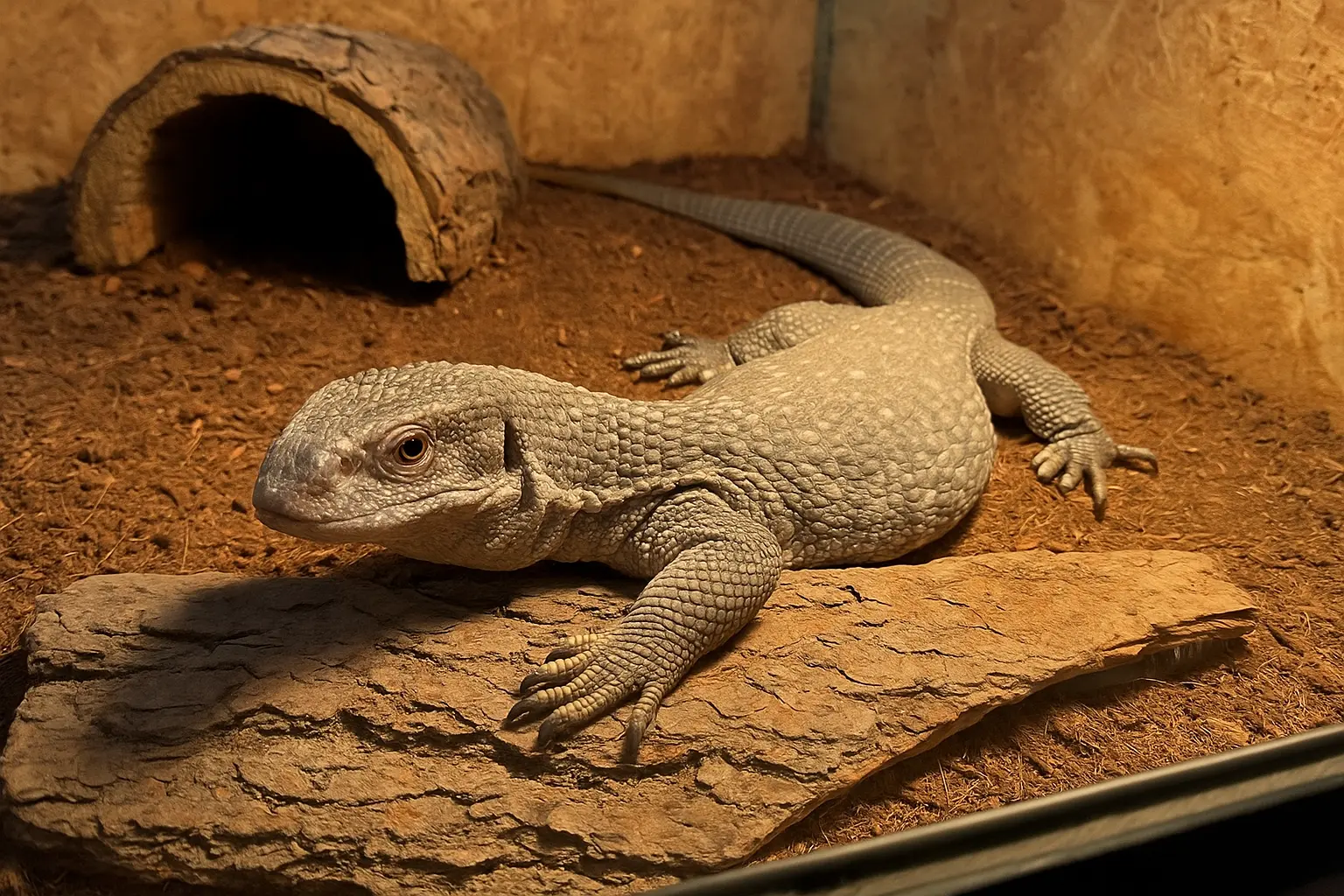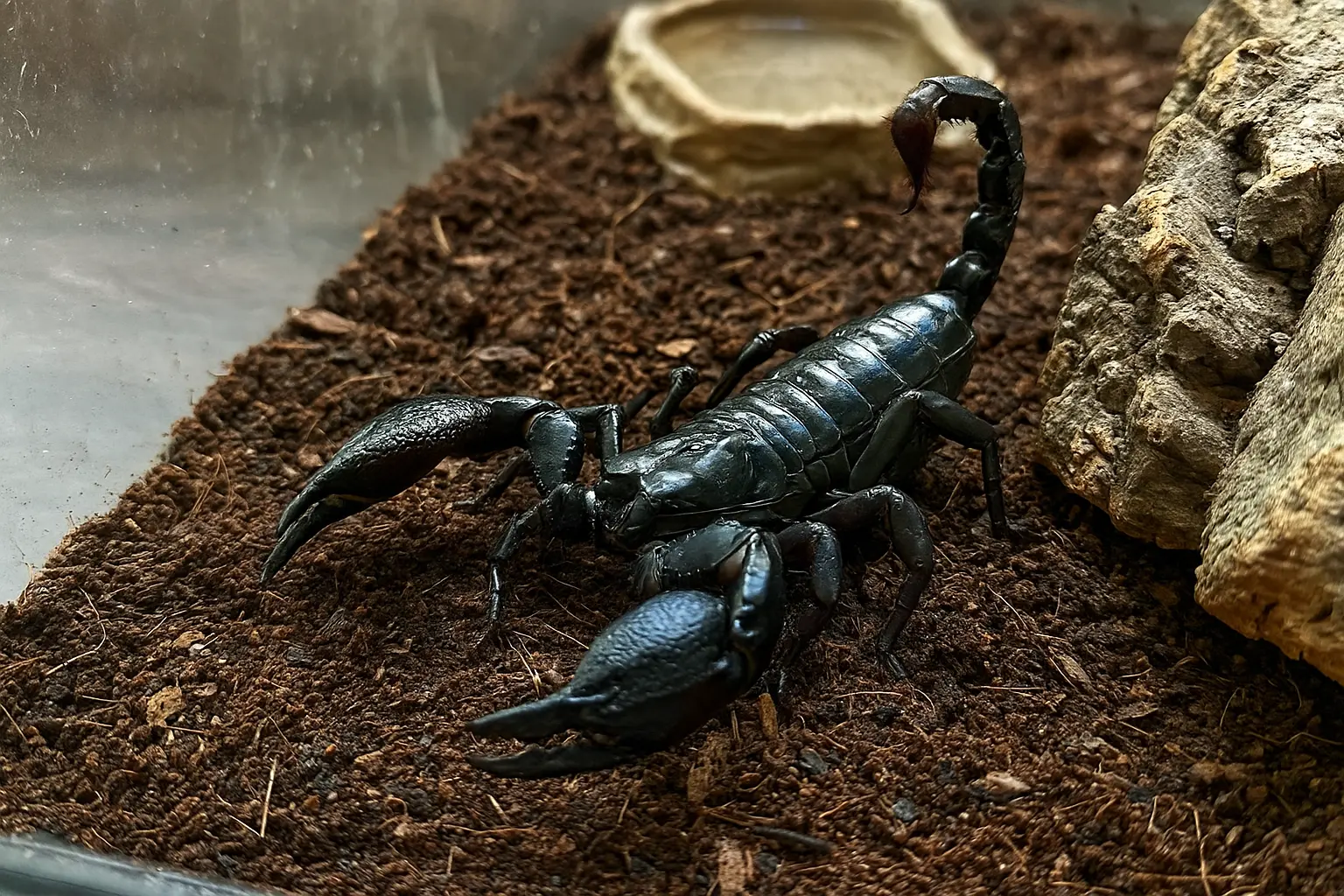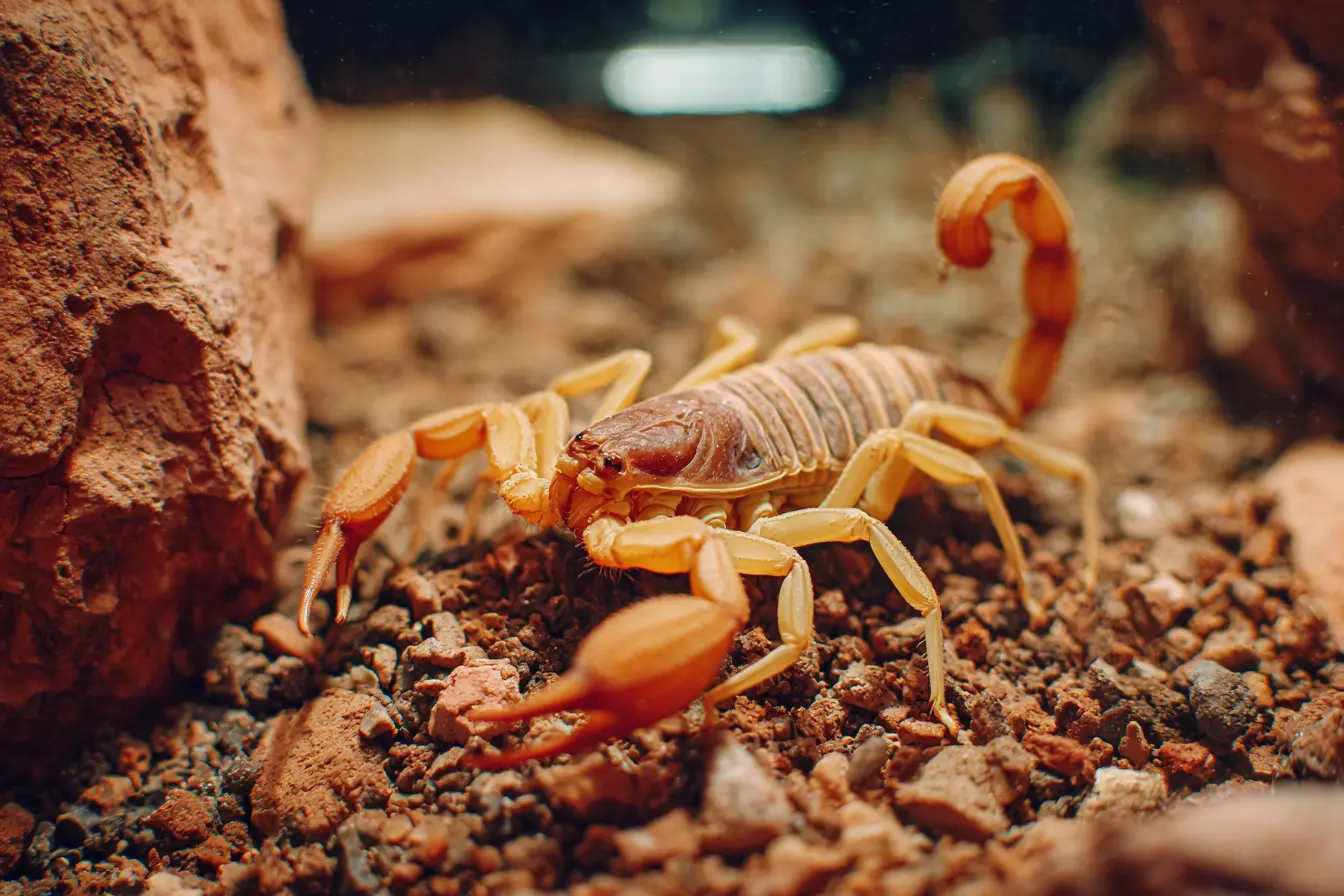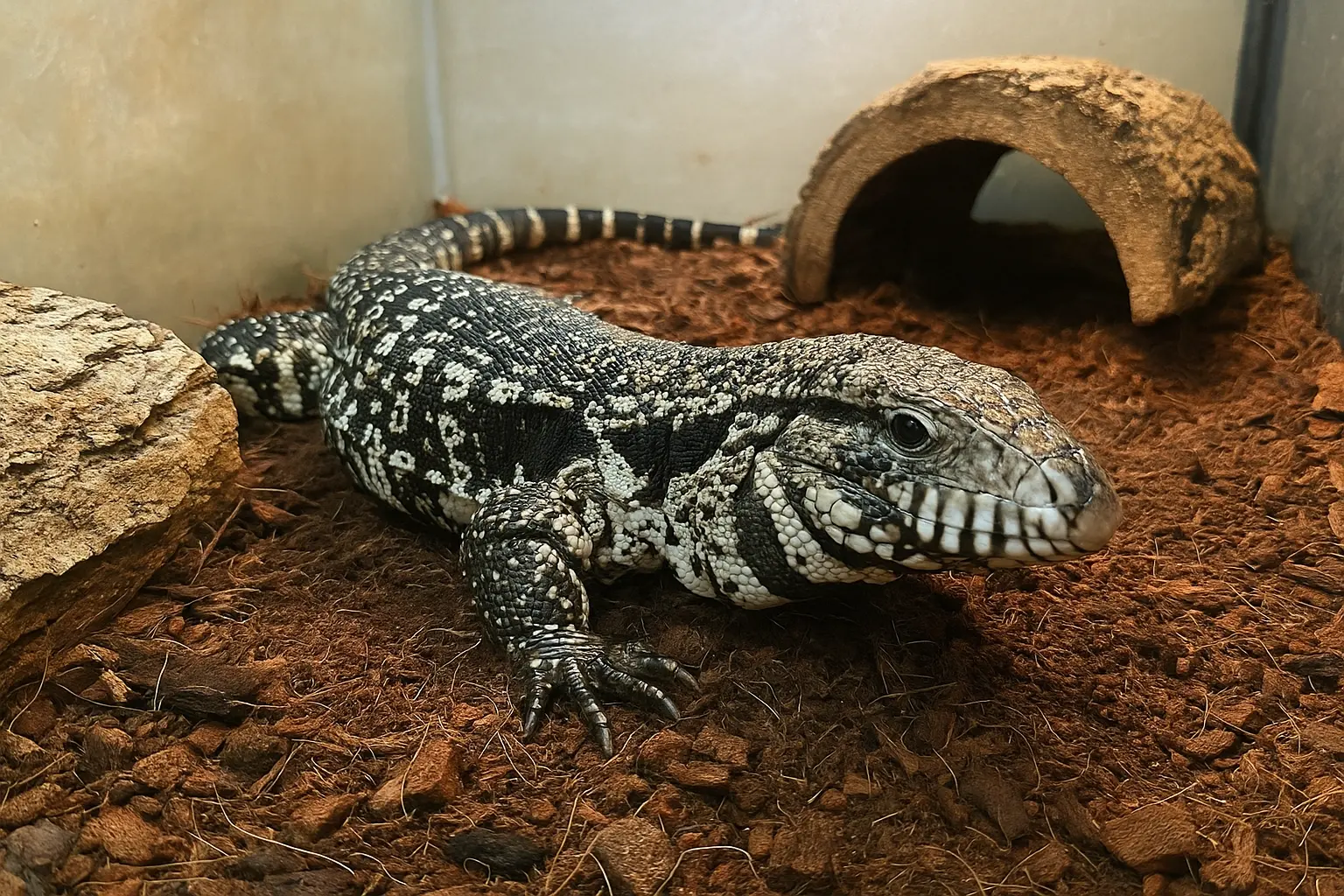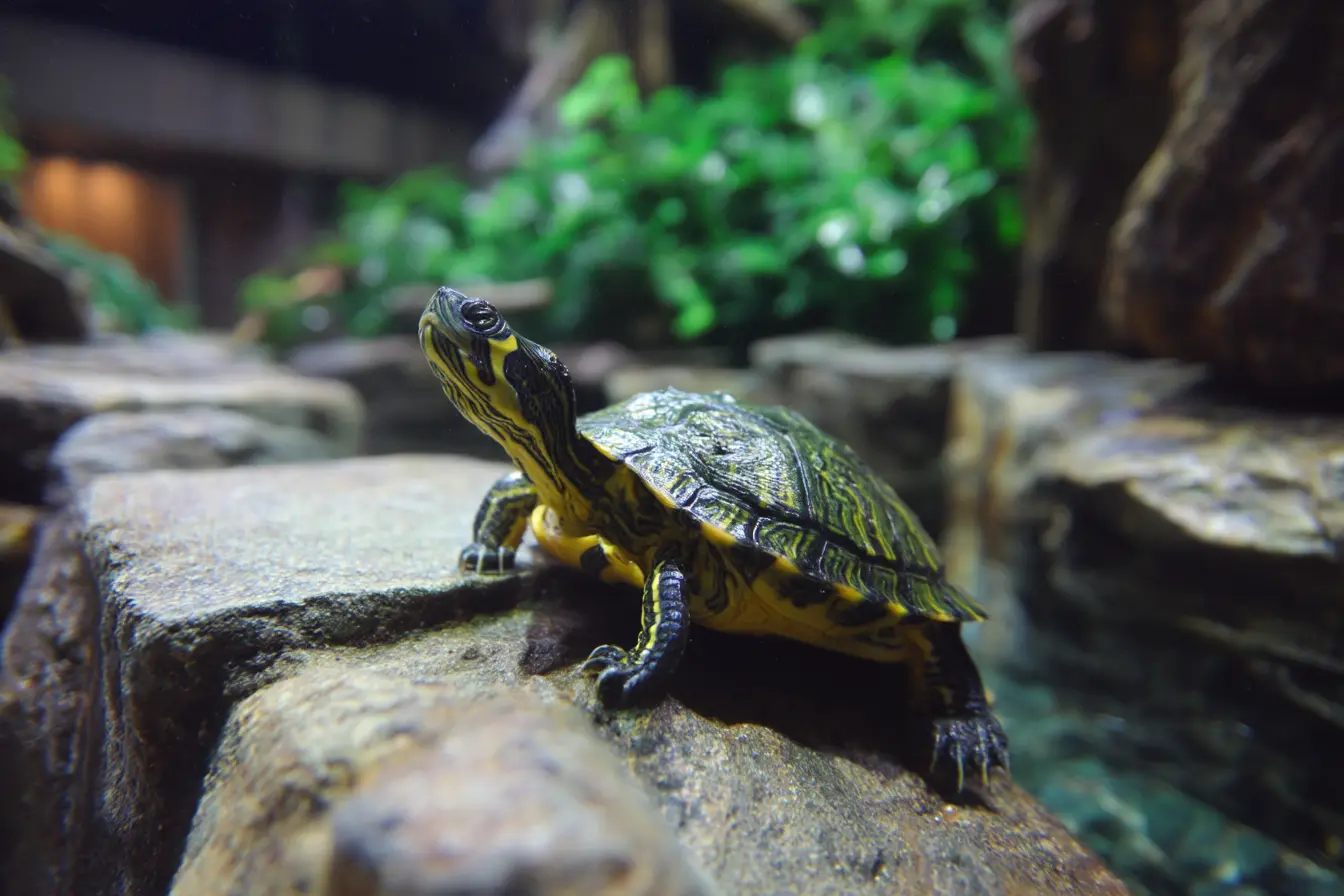
Yellow-Bellied Slider Care Guide: Everything New Owners Need to Know
Yellow-bellied sliders (Trachemys scripta scripta) are a popular choice for reptile enthusiasts in the UK. Known for their attractive yellow markings, friendly nature, and relatively manageable size, these semi-aquatic turtles can make fascinating pets for those willing to meet their specific care needs.
If you’re thinking of getting a yellow-bellied slider, this comprehensive care guide will cover everything you need to know about housing, diet, health care, and maintenance.
What is a Yellow-Bellied Slider?
Yellow-bellied sliders are freshwater turtles native to the southeastern United States. They are closely related to the red-eared slider and are easily recognised by the bright yellow markings on their head and the distinctive yellow plastron (belly).
These turtles are primarily aquatic but enjoy basking on dry land. In captivity, adult males typically grow to around 20 cm, while females can reach 30 cm in shell length. With proper care, yellow-bellied sliders can live for 20–30 years, making them a long-term commitment.
Sourcing and Selecting a Yellow-Bellied Slider
Choosing a healthy yellow-bellied slider from a reputable source is essential for long-term success.
Where to Buy
- Reputable breeders: Breeders offer healthy, captive-bred turtles with known histories.
- Specialist reptile shops: Many UK reptile shops sell yellow-bellied sliders and can provide care advice.
- Rescue centres: Consider adopting a slider in need of a home.
Avoid purchasing wild-caught turtles, as they may carry parasites and often struggle to adapt to captivity.
What to Look For
When selecting a yellow-bellied slider, look for these signs of good health:
- Clear, bright eyes with no swelling or discharge
- Smooth shell with no soft spots or deformities
- Active and alert behaviour
- Clean nostrils and mouth
- No signs of wheezing or mucus around the nose
Housing and Enclosure Setup
Yellow-bellied sliders require a well-maintained aquatic setup with both water and dry land for basking. Their enclosure must be large enough to accommodate their size and activity level.
Tank Size
- For a juvenile slider, a 75-litre tank will suffice temporarily.
- For an adult, the tank should be at least 200 litres or larger.
- Bigger is always better, as these turtles are active swimmers.
Water Quality
Maintaining clean water is crucial for preventing health problems. Use a powerful external canister filter to keep the water clean. The water temperature should be kept between 24–26°C. A water heater may be necessary in colder months.
Basking Area
Provide a dry basking area where your turtle can completely dry off. The basking spot should be kept at 30–32°C using a basking lamp. Ensure easy access to the basking platform with a ramp.
Lighting
UVB lighting is essential for calcium metabolism and shell health. Use a 10–12% UVB bulb, positioned above the basking area. Replace UVB bulbs every six months.
Substrate
Substrate is optional but can enhance the enclosure’s aesthetics. If you choose to use it, opt for large river rocks that are too big for the turtle to swallow. Avoid gravel or sand.
Diet and Nutrition
Yellow-bellied sliders are omnivores, meaning they eat both plant and animal matter. A varied diet is essential for their health.
Staple Foods
- Commercial turtle pellets (high-quality, balanced brands)
- Dark leafy greens: dandelion greens, kale, collard greens
- Aquatic plants: duckweed, water lettuce, anacharis
- Protein sources: earthworms, crickets, mealworms, cooked shrimp
Occasional Treats
- Fruits like strawberries, blueberries, and melon (in moderation)
- Cooked fish or small feeder fish
Foods to Avoid
- Processed human foods
- High-fat meats
- Dairy products
- Iceberg lettuce (low in nutritional value)
Supplementation
Dust food with calcium powder twice a week to ensure healthy shell growth. Turtles with a proper UVB source will synthesise vitamin D3 naturally, but supplementation may be needed if UVB exposure is insufficient.
Handling and Behaviour
Yellow-bellied sliders are generally more interactive than other reptiles but should not be handled frequently. Excessive handling can cause stress and increase the risk of transmitting bacteria like Salmonella.
Tips for Handling
- Handle your slider gently, supporting its body with both hands.
- Avoid turning them upside down or dropping them.
- Wash your hands thoroughly before and after handling to prevent the spread of bacteria.
In the enclosure, you’ll observe a range of natural behaviours, including basking, swimming, and digging in the substrate.
Common Health Issues
Even with proper care, yellow-bellied sliders can develop health problems. Recognising the signs early is essential for preventing serious issues.
Shell Rot
A bacterial or fungal infection that causes soft spots, discolouration, and sometimes oozing on the shell. Early treatment is crucial.
Respiratory Infections
Often caused by incorrect water temperature or poor water quality. Symptoms include wheezing, nasal discharge, and lethargy.
Metabolic Bone Disease (MBD)
Caused by calcium deficiency and lack of UVB exposure. Symptoms include soft shells, deformities, and lethargy.
Parasites
Internal parasites can cause diarrhoea, weight loss, and lethargy. Regular faecal tests by a reptile vet can help detect parasites.
If you notice any signs of illness, consult a reptile specialist vet immediately.
Specialist Vet Care
Yellow-bellied sliders do not require vaccinations, but regular health checks are essential to ensure their well-being.
Routine Health Checks
An annual visit to a reptile vet is recommended. This should include a physical examination and a faecal test for parasites.
Emergency Situations
Seek immediate veterinary care if your slider shows signs of:
- Persistent lethargy
- Loss of appetite
- Difficulty breathing
- Shell injuries or infections
Care and Maintenance
Maintaining a clean and well-regulated environment is vital for your turtle’s health.
Daily Tasks
- Check water temperature and quality
- Remove uneaten food and debris
- Ensure the basking area is dry and clean
Weekly Tasks
- Perform partial water changes (25–50%)
- Clean the water filter and basking area
Monthly Tasks
- Deep-clean the tank and replace UVB bulbs if necessary
Final Thoughts
Yellow-bellied sliders are fascinating and rewarding pets for those who are ready for a long-term commitment. They require a spacious, well-maintained aquatic environment, a varied diet, and regular care to thrive. With the right setup and dedication, your yellow-bellied slider can live a healthy, happy life for decades.
By following this guide, you’ll be well-prepared to provide your turtle with the best care possible.
Related Vets
Vets near you
Speciality vets
- Aquatics vet specialists
- Birds vet specialists
- Camelids vet specialists
- Cats vet specialists
- Cattle vet specialists
- Deer vet specialists
- Dogs vet specialists
- Equines vet specialists
- Exotic vet specialists
- Goats vet specialists
- Pigs vet specialists
- Poultry vet specialists
- Sheep vet specialists
- Small Mammals vet specialists
- Wild vet specialists
